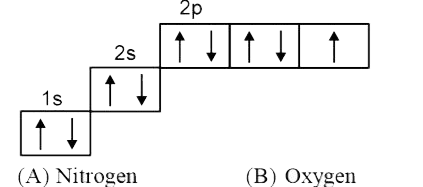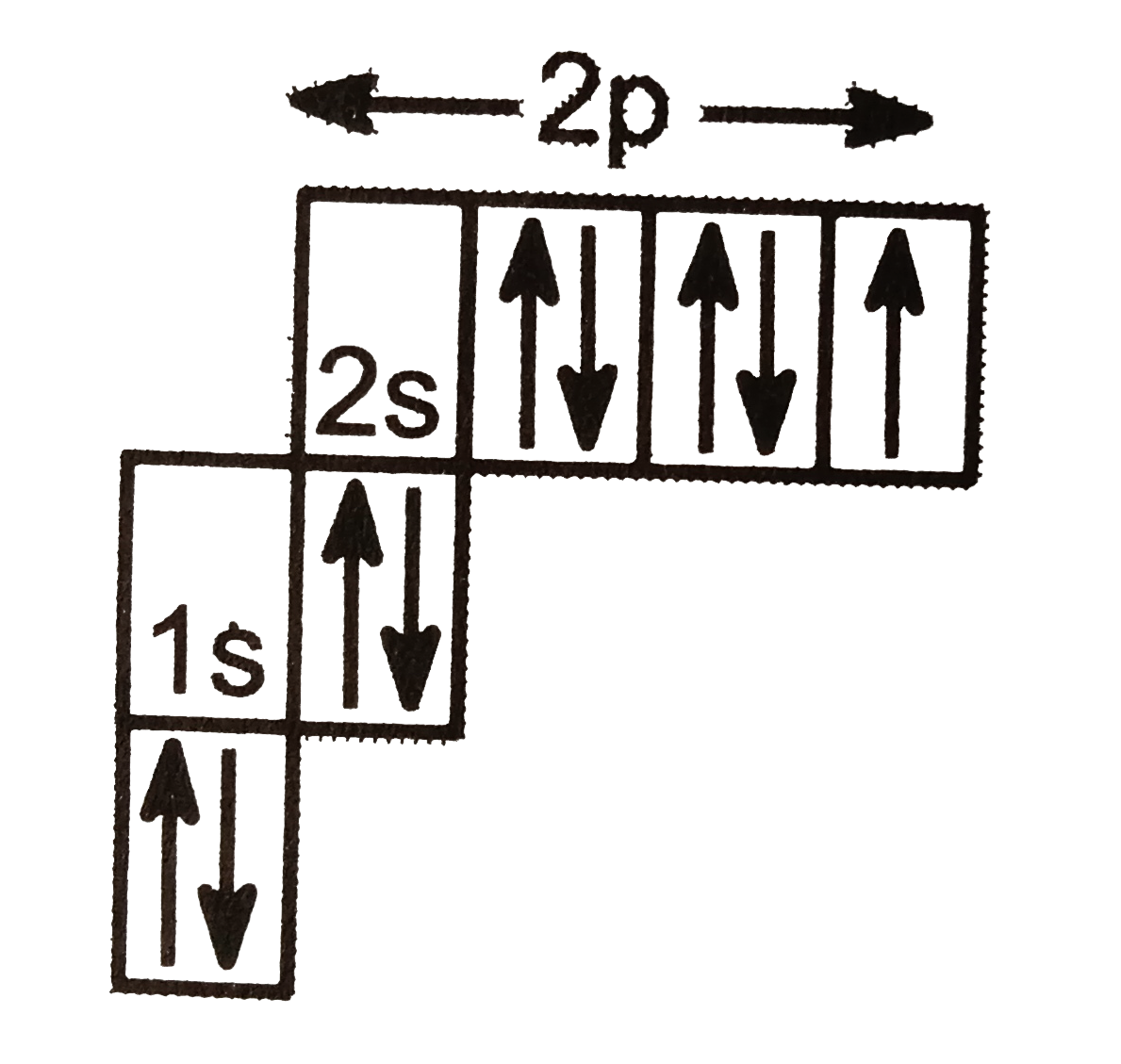The least electronegative element has the following electronic configuration
ns2np5
ns2np4
ns2np3
ns2np6
The correct Answer is:D
To determine which electronic configuration corresponds to the least electronegative element, we can follow these steps:
1. Understand Electronegativity:
- Electronegativity is the tendency of an atom to attract electrons towards itself when it is part of a compound. Elements with high electronegativity readily attract electrons, while those with low electronegativity do not.
Hint: Recall that electronegativity increases across a period and decreases down a group in the periodic table.
2. Identify the Electronic Configurations:
- The options provided are likely different electronic configurations. For example, you might see configurations like:
- (a) NS²NP⁵
- (b) NS²NP⁶
- (c) NS²
- (d) NS²NP¹
Hint: Write down the configurations clearly to analyze them one by one.
3. Analyze Each Configuration:
- NS²NP⁵: This configuration corresponds to halogens (e.g., Fluorine, Chlorine). Halogens are very electronegative because they need one more electron to complete their octet.
- NS²NP⁶: This configuration corresponds to noble gases (e.g., Neon, Argon). Noble gases have a complete octet and do not tend to attract electrons, making them the least electronegative.
- NS²: This configuration corresponds to alkaline earth metals (e.g., Beryllium, Magnesium), which have low electronegativity but are not the least.
- NS²NP¹: This configuration corresponds to elements in group 13 (e.g., Aluminum), which also have low electronegativity but are more electronegative than noble gases.
Hint: Compare the need for electrons in each configuration to determine their tendency to attract electrons.
4. Conclusion:
- Based on the analysis, the least electronegative element corresponds to the electronic configuration NS²NP⁶. This is because noble gases have a complete outer shell and do not attract electrons.
Final Answer: The least electronegative element has the electronic configuration NS²NP⁶.
- Electronegativity is the tendency of an atom to attract electrons towards itself when it is part of a compound. Elements with high electronegativity readily attract electrons, while those with low electronegativity do not.
- The options provided are likely different electronic configurations. For example, you might see configurations like:
- (a) NS²NP⁵
- (b) NS²NP⁶
- (c) NS²
- (d) NS²NP¹
- NS²NP⁵: This configuration corresponds to halogens (e.g., Fluorine, Chlorine). Halogens are very electronegative because they need one more electron to complete their octet.
- NS²NP⁶: This configuration corresponds to noble gases (e.g., Neon, Argon). Noble gases have a complete octet and do not tend to attract electrons, making them the least electronegative.
- NS²: This configuration corresponds to alkaline earth metals (e.g., Beryllium, Magnesium), which have low electronegativity but are not the least.
- NS²NP¹: This configuration corresponds to elements in group 13 (e.g., Aluminum), which also have low electronegativity but are more electronegative than noble gases.
- Based on the analysis, the least electronegative element corresponds to the electronic configuration NS²NP⁶. This is because noble gases have a complete outer shell and do not attract electrons.
Similar Questions
Knowledge Check
Which element has the following ground state electrons configuration ?
 ASeBAsCSDGe
ASeBAsCSDGeThe least electronegative element in the periodic table is
ANaBRbCCuDXeWhich element is represented by the following electronic configuration -
 ANitrogenBOxygenCFluorineDNeon
ANitrogenBOxygenCFluorineDNeon
which element has
the electronic configuration 2, 8, 2?
View SolutionAn element has protons whose mass is equal to 23,881, times that of an electron. Identify the element and write its electronic configuration.
View SolutionThe least electronegative element in the periodic table is:
View SolutionWhich element isrepresencted by the following electronic configuration ?
 .
.
View SolutionAn element with atomic number 106 has beendiscovered recently. Which of the following electronic configuration will it posses
View Solution
